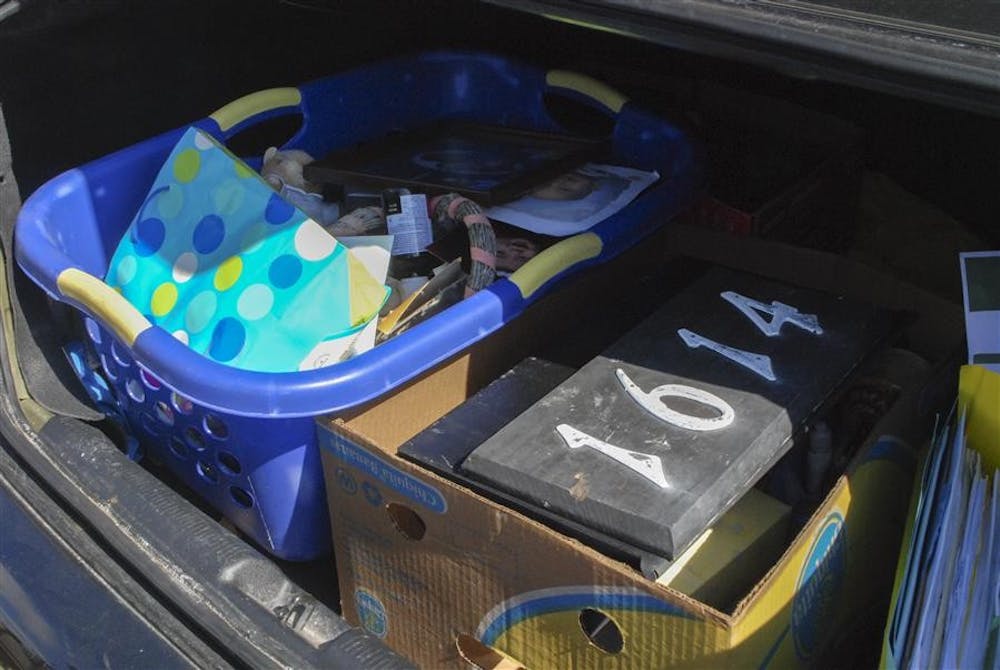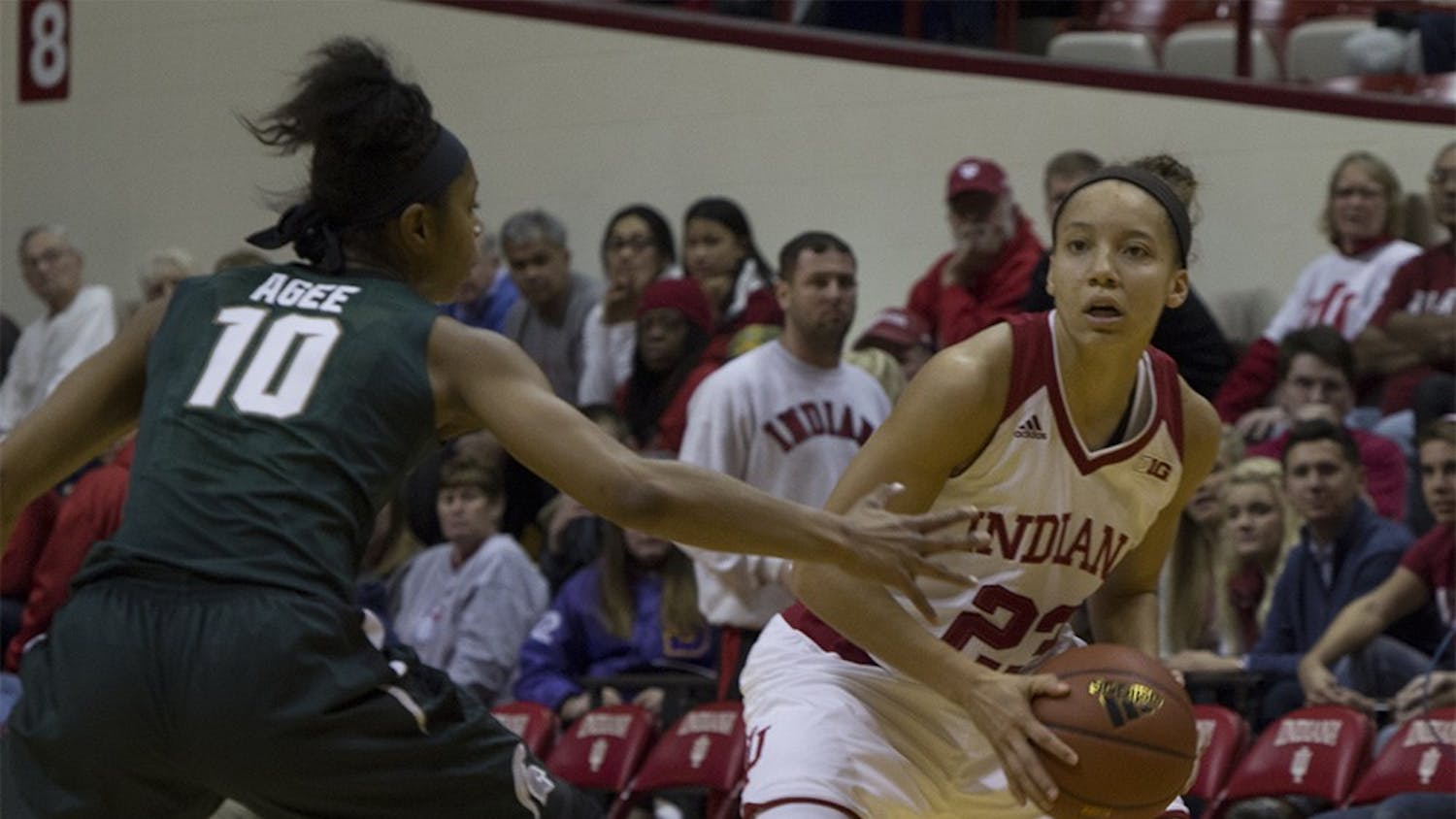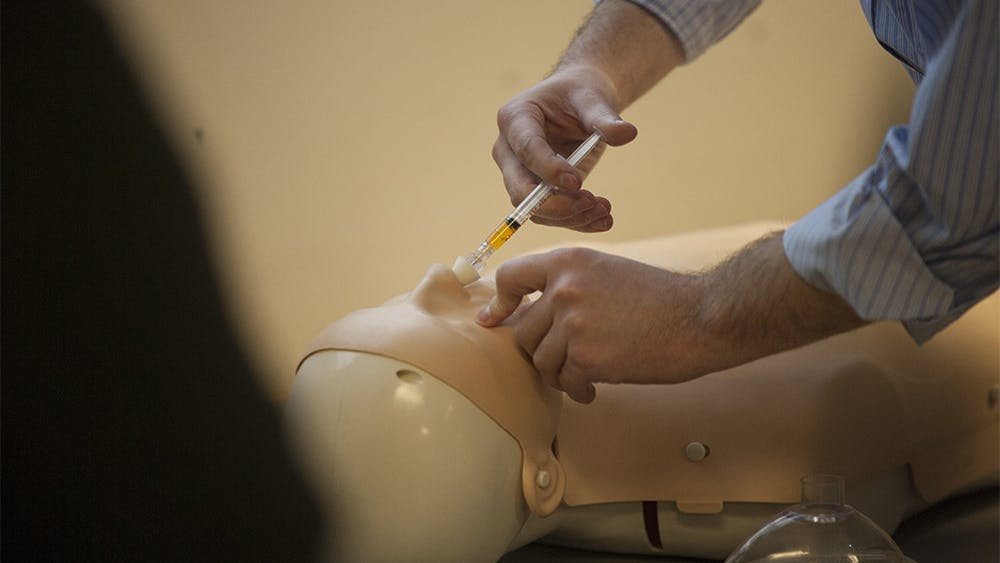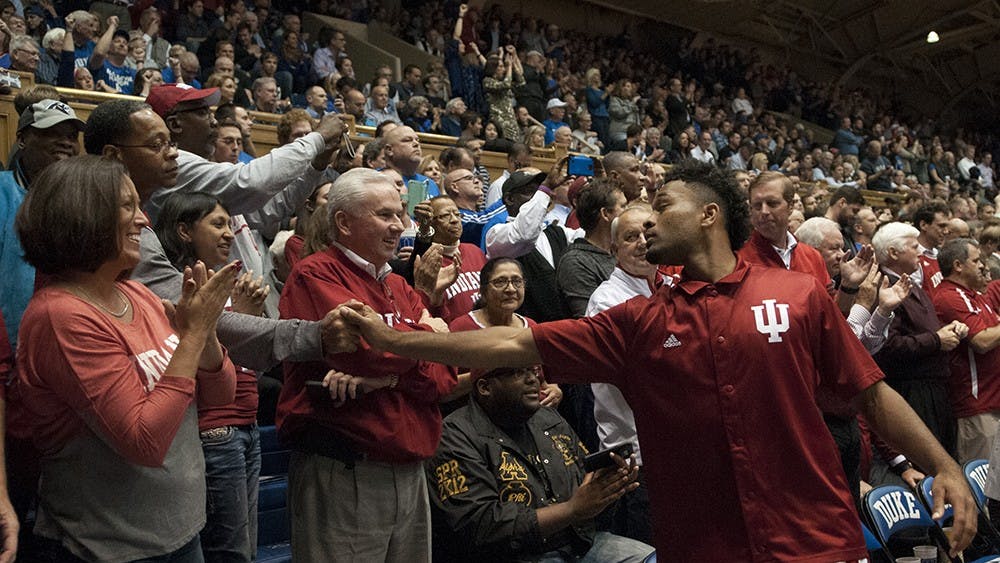SOUTH BEND -- Patricia Kobalski was watching TV late Sunday afternoon when a plane dropped from the crisp March sky and plunged into her living room.
The private jet, a Hawker Beechcraft 390, burst through a corner of the house and crashed to a stop just feet from her 6-year-old son Dominick, who was sitting at the kitchen table.
“Mom!” he cried out.
Kobalski had lived in the mauve colored one-story house at 1614 N. Iowa St. for more than 20 years. She said she was so accustomed to the regional airport next door, the drone of the planes coming and going, that she didn’t even notice the failing jet’s roaring engine as it plummeted toward her home.
At about 4:25 p.m. Sunday, a small private jet carrying four passengers careened out of control, apparently due to mechanical failure. The crash killed two people and hospitalized three others.
The Beechcraft skimmed the roof of a house two doors away and obliterated the back half of her next door neighbor’s home before coming to a halt in Kobalski’s front room. The only member of the family who used that room was Kobalski’s cat, Zuul – named after a demi-god in the movie Ghostbusters.
The front of the house swirled with debris and insulation. Kobalski saw no plane, but smelled fuel. Dominick was already at the back door, ready to get out. Kobalski grabbed their coats and they ran into the backyard.
“Patty, are you all right?” a neighbor shouted. "Patty! Are you alright?"
Kobalski was in shock. She and Dominick evacuated with the rest of the neighborhood.
On Tuesday afternoon, two days after the crash, a golden crane operated by firefighters and other workers retrieved the plane that still occupied what remained of Kobalski's living room, leaving behind a gaping hole.
After the wreckage was removed, Kobalski returned to say goodbye to her home, which eventually will be demolished. Arms crossed and hood up, the burgundy-haired woman trudged down Iowa Street and asked firefighters to retrieve a few belongings that weren’t ruined by the jet fuel. She was also looking for Zuul, her cat, who had not been seen since the crash.
* * *
Removing the plane — a key step in the crash investigation — required hours of work in Tuesday’s 20-degree weather.
Using a horizontal beam to secure the fuselage, and then the tail, operators slowly lifted the two large and fairly intact chunks onto a flat-bed semi truck. Assistant Fire Chief John Corthier said the plane snapped in two when it crashed Sunday, but on-site workers had to carefully sever wires and metal to detach the fuselage from the tail before placing it on the truck.
Around noon the semi drove north on Iowa Street and headed toward the airport. The plane was dropped off at a hangar where National Transportation Safety Board investigators will reassemble the pieces to gather clues into what went wrong. The investigation, officials say, could take up to a year. One item, the plane’s black box, has already been recovered from the cockpit and shipped to Washington, D.C. where analysts will use it to reconstruct the jet’s final minutes in the air.
When the Beechcraft crashed through the three homes, co-pilots Steven Davis, 60, and Wesley Caves, 58, were killed and the other two passengers, Jim Rodgers and Christopher Evans, were injured and transported to Memorial Hospital of South Bend. The plane is registered to 7700 Enterprises in Helena, Mont., and is owned by Caves. It took off from Tulsa, Okla.
As of Tuesday afternoon, Rodgers remained in serious condition, hospital spokesperson Edgar Diaz said, and Evans was in fair condition.
A third victim and Iowa Street resident, Diana McKeown, was sitting in the front room of her home when the plane demolished the back two-thirds. McKeown’s was the second home hit. Tuesday McKeown was in fair condition at Memorial Hospital of South Bend, Diaz said.
Shortly after 4 p.m., the airport received a radio call from the pilot that the plane was experiencing mechanical complications and would be making an emergency landing. It attempted to land several times, and minutes later struck the neighborhood.
First responders were already en route to the airport when they witnessed the plane crash. They were on the scene within minutes, Corthier said. At the same time an airport truck carrying fire-extinguishing foam arrived on site. A spark and fume mixture ignited what Corthier called a “flash fire” while rescuers were removing the surviving victims from the plane, but was immediately extinguished because the foam truck was pointed directly at the structure.
“That probably saved a lot of lives,” he said.
When the jet fuel leaked into Kobalski’s home, it created an explosion hazard that triggered first responders to evacuate neighborhood residents until noon Monday. Eight homes, the three hit by the plane and five others closest to the wreckage, remained empty until late Tuesday afternoon. Corthier said they wanted the area clear and accessible for firefighters and city workers to remove plane remnants Tuesday.
The South Bend Police Department guarded each entrance to the site until the retrieval was complete, only allowing people with proof of residency to pass through.
At about 2:30 p.m., the area was opened, except the three homes damaged in the crash. McKeown’s and Kobalski’s homes will be torn down due to structural damage. The first home struck, owned by Frank Sojka, sustained roof damage on the right side and will need to be evaluated by safety specialists before it can be inhabited again, Corthier said.
As their neighbors slowly trickled back into their homes, the residents of the 1600 block of Iowa Street shouted across the street to one other. They phoned to exchange information and welcome each other home.
But at least three of Iowa Street’s own won’t be moving back into their homes. Kobalski said she’ll probably never come back.
“I don’t think I can,” she said, a catch in her throat, arms crossed, shaking her head.
* * *
Kobalski flashed her ID and moved past the barricade at the mouth of Iowa Street, her former home. She walked down the sidewalk and met her neighbor, Bruce Strnad, the first to see her and her son after the crash.
They hugged and cried, Strnad said.
Strnad was watching TV in his basement when he heard a “sonic boom.” Then his whole house shook. Strnad, 66, emerged and found a large metal wing in his driveway and his neighbor’s home in a heap of rubble. Insulation dusted the lawn.
“The grass was gray,” he said. “It wasn’t even green.”
He started toward Kobalski’s front door, but was called off by emergency personnel. He looped around back and found his friend in shock.
He didn’t see her again until Tuesday morning. Kobalski returned to Iowa Street with her brother and niece to retrieve whatever was salvageable. She gave firefighters a list of her must-haves: childhood photos, keepsakes and important paperwork.
Most of all, she hoped they could retrieve her mother’s cookie jar from the kitchen, a pudgy glass baker with a small white hat and red spoon.
Corthier said they located the jar, but it was shattered. Kobalski’s brother, followed by three firefighters, emerged from Iowa Street with three boxes. Her mother’s cookie jar wasn’t included and Zuul was nowhere to be found.
A sharp wind whipped the exhausted woman’s face, and for the last time Kobalski walked away, clutching to her chest the black metal address plate that was once connected to her home.
Out of nowhere
Plane crash leaves 2 dead, 3 hospitalized

Get stories like this in your inbox
Subscribe





